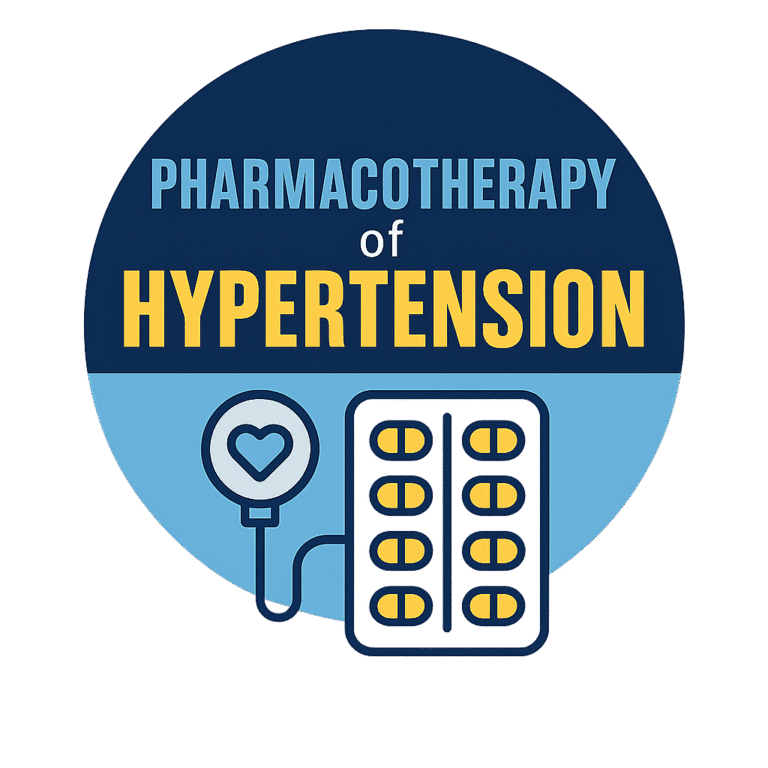Metabolic Acidosis: A Comprehensive Guide for OPRA Exam Preparation
What is Metabolic Acidosis?
Metabolic acidosis is a condition characterized by a decrease in blood pH (< 7.35) due to an increase in acid levels or a loss of bicarbonate. This topic is highly relevant for pharmacists preparing for the OPRA exam, as it involves critical aspects of diagnosis and management of acid-base disorders.
Pathophysiology
- Increased Acid Production: Common in conditions like lactic acidosis or diabetic ketoacidosis (DKA).
- Loss of Bicarbonate: Often caused by severe diarrhea or renal tubular acidosis.
- Decreased Renal Acid Excretion: Frequently observed in chronic kidney disease (CKD).
Clinical Features of Metabolic acidosis
- Respiratory Compensation: Deep, rapid breathing (Kussmaul respiration).
- Neurological Symptoms: Fatigue, confusion, or in severe cases, coma.
- Cardiac Impact: Arrhythmias due to associated hyperkalemia.
Diagnosis
Accurate diagnosis is essential for managing metabolic acidosis. Key steps include:
- Arterial Blood Gas (ABG): Reveals low pH and low bicarbonate (HCO₃⁻).
- Anion Gap Calculation:
Formula:
Anion Gap = Na⁺ - (Cl⁻ + HCO₃⁻)- Normal AG: Seen in diarrhea or renal tubular acidosis.
- Elevated AG: Indicates conditions like lactic acidosis, DKA, or toxic ingestions (e.g., methanol, salicylates).
Management
Effective management focuses on treating the underlying cause and correcting the acid-base imbalance:
- Address the Cause:
- DKA: Administer insulin and fluids.
- Lactic Acidosis: Restore tissue perfusion.
- Bicarbonate Therapy: Considered in severe cases (pH < 7.1).
- Electrolyte Monitoring: Correct hyperkalemia to prevent complications.
OPRA Exam Tips
For the OPRA exam, focus on:
- Understanding the difference between normal and elevated anion gap metabolic acidosis.
- ABG interpretation and clinical scenario-based questions.
- Recognizing and managing common causes like DKA and lactic acidosis.





